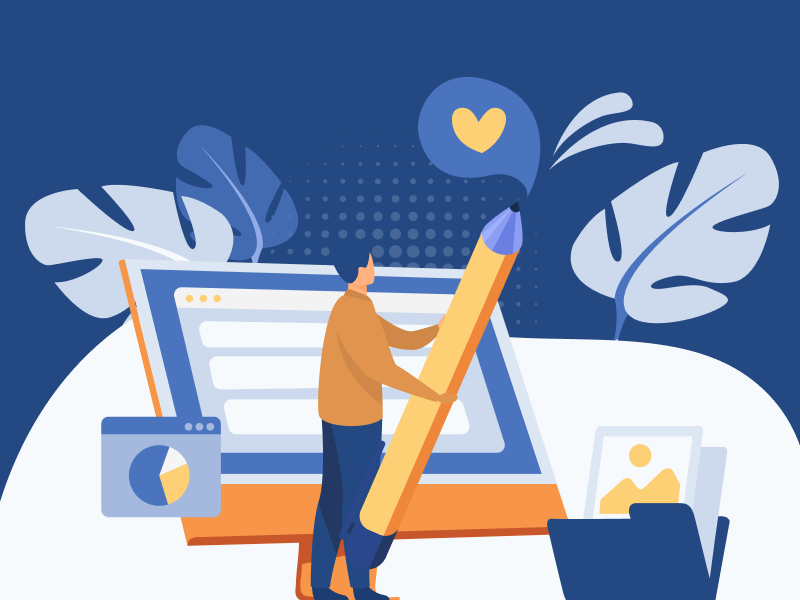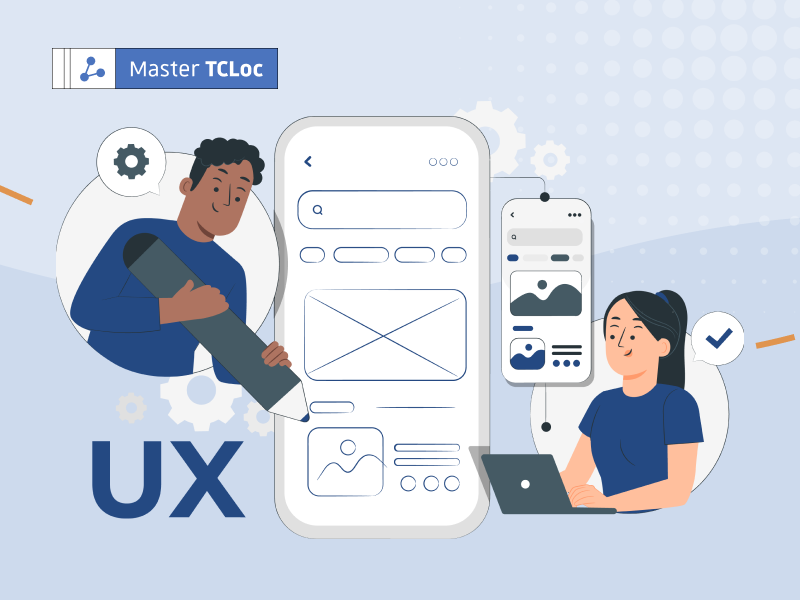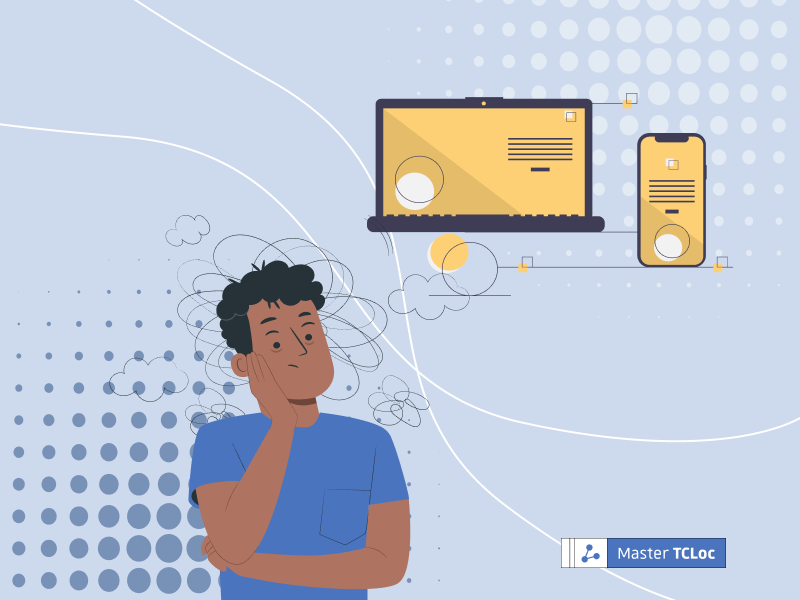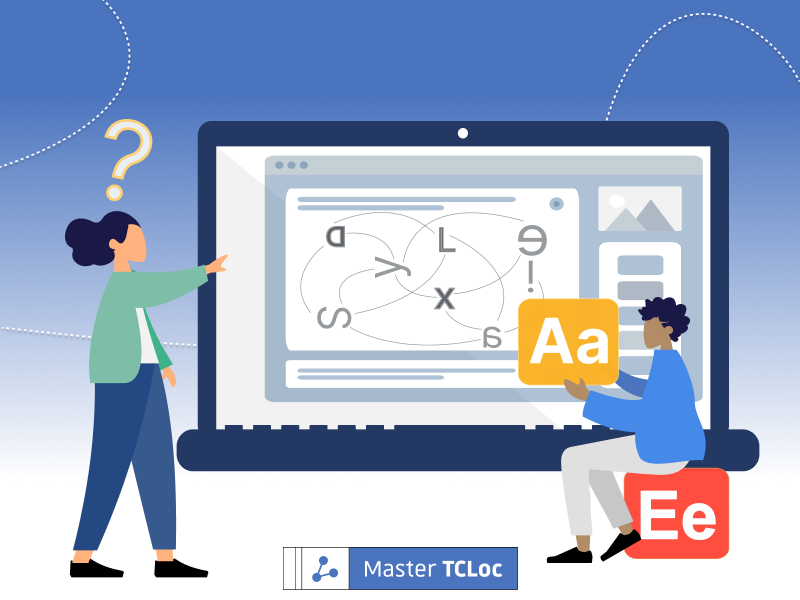In his book “Emotional Design”, Don Norman argues that emotions give us value. He has got a point. But even more than that, it is fair to say that in this ever more technological world, emotions in web design has become a critical element capable of driving success online.
Table of content
- The benefits of creating a positive emotional connection with your website
- Using visuals in web design to create emotional impact
- Using color to enhance your web design
- Typography & imagery – using the right fonts & images to connect with users
- Maximizing user engagement by creating an authentic experience
- Conclusions
Emotional design is a concept which focuses on the user’s emotional response to a product or service. This type of design takes into account the feelings and emotions that are triggered by certain elements of a website, such as colors, shapes, and layout. Therefore, by understanding how people emotionally respond to certain designs, we can create more effective websites that better meet users’ needs. This, in turn leads to increased customer satisfaction and loyalty.
In this article, we will explore how emotional design affects user experience and why it is a key factor to be considered when creating websites.
The benefits of creating a positive emotional connection with your website
The way your website looks and feels is a crucial part of creating a positive emotional connection with your visitors.
Implementing design techniques based on a sound use of color, typography, and imagery, is a terrific way to create a deeper emotional connection that resonates with users. Understanding how to use these elements can be a powerful asset. They can help you build engagement and boost conversions when it is done correctly.
Using visuals in web design to create emotional impact
Using visuals to create emotional impact is becoming increasingly popular in web design. From images conveying emotion to videos and animations, there are many ways visuals may connect with users and generate some kind of response when they consume your content.
For example, think about the website of a travel agency. You will most likely find images of paradisiacal destinations, groups of people having fun, or smiling families enjoying a stroll by the sea. By connecting with the feelings expressed by these images, your judgement is influenced. Consequently, the purchase of their services is seen as something that will positively impact your life. This is fairly easy to understand as visuals are one of the most powerful tools to create an emotional impact. By carefully selecting visuals that evoke certain emotions, you can create a connection with your audience. The idea is to make them feel “that little something else” when they visit your website.
Using color to enhance your web design
Color plays a significant role in web design, as it can influence the user’s experience and emotions. It can be used to draw attention, set a tone, and create an overall aesthetic.
By understanding color combinations, we can use them to our advantage when creating websites. The color wheel is a great tool for understanding basic color relationships and finding harmonious combinations that work well together and are able to convey a message or evoke certain feelings. With the right knowledge of website color theory, you can use colors to enhance your web design in powerful ways and create layouts that resonate with your target audience.
Additionally, color is also an important element in web accessibility. When it is used correctly, it creates experiences that are not only pleasant, but also inclusive.
Typography & imagery – using the right fonts & images to connect with users
Typography and imagery are two essential elements of web design: the right font and image can make all the difference in how your website is perceived by users. Can you imagine, for example, using Helvetica to build a website that has children as their target group? Its bold design would be too serious for the type of content, and not at all welcoming for younger users.
Created in 1957 by the Swiss designer Max Miedinger, Helvetica is loved by designers for its versatility and clean look.
But using the right fonts and images is not just about aesthetics. It is also about connecting with your visitors on a deeper level. With the right fonts and images, you can communicate your message more effectively, build trust with users, and create an engaging user experience.
By understanding what typefaces work best for certain types of content, you can ensure that your website is optimized for maximum impact. Additionally, by selecting high-quality visuals that accurately represent your brand’s identity. Besides, you make certain that users have a positive experience when visiting your website.
Maximizing user engagement by creating an authentic experience
Not all audiences are the same, and in today’s digital world. That is why user engagement is essential for the success of pretty much any endeavor. To maximize user engagement, it is worth considering creating an authentic experience that will take things to the next level. Basically, give them what they want. This can be achieved by, for example, having algorithms capable of tailoring content to the user’s preferences and interests. Users find it better to navigate somewhere where they feel comfortable, a place where even novelties are not entirely foreign. By creating an authentic experience, we can ensure users remain engaged and come back for more.
Conclusions
Emotion plays a vital role in web design. It is an important factor that helps to create an effective user experience and drive engagement with your website.
There are several tools and theories to be used and explored, and learning how to master them is an important step towards building something that will create a positive association with users.
Web designers should never forget that different audiences have different emotional needs. It is about being creative, while tailoring their designs accordingly.
If you liked this article, I invite you to explore the master program of TCLoc and apply. Let us know your opinion with a comment and sharing it with your network.



